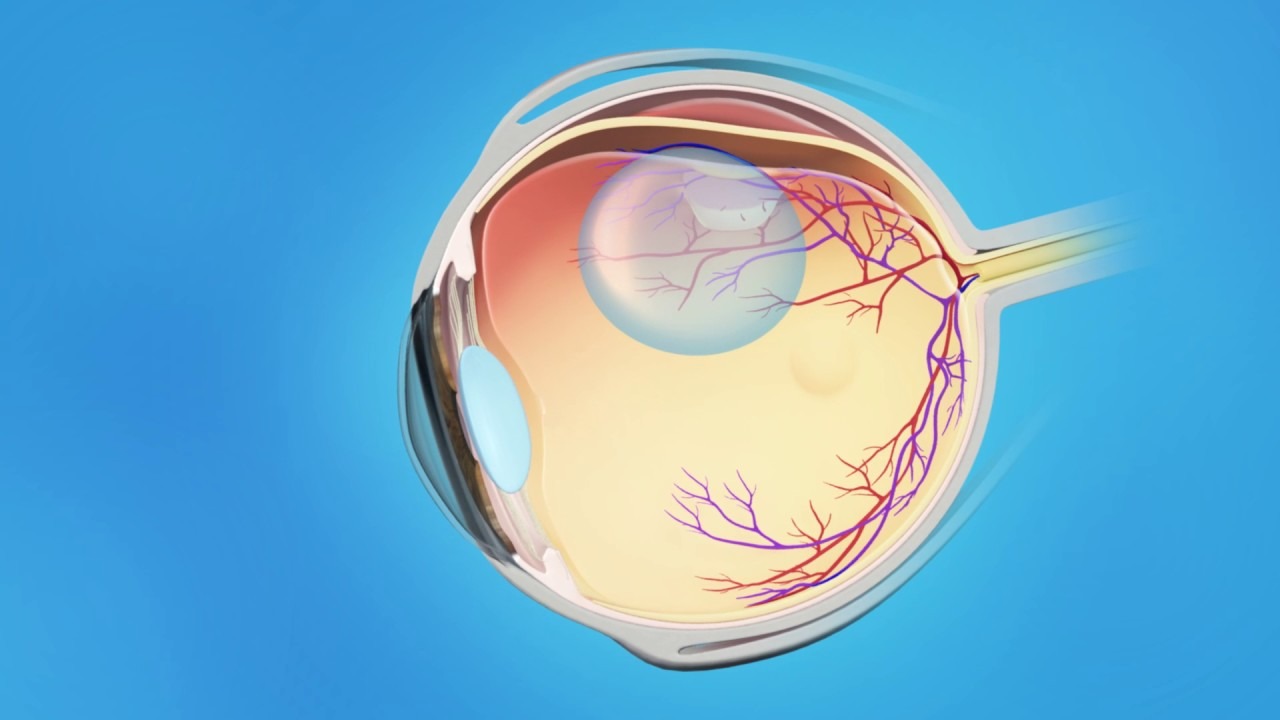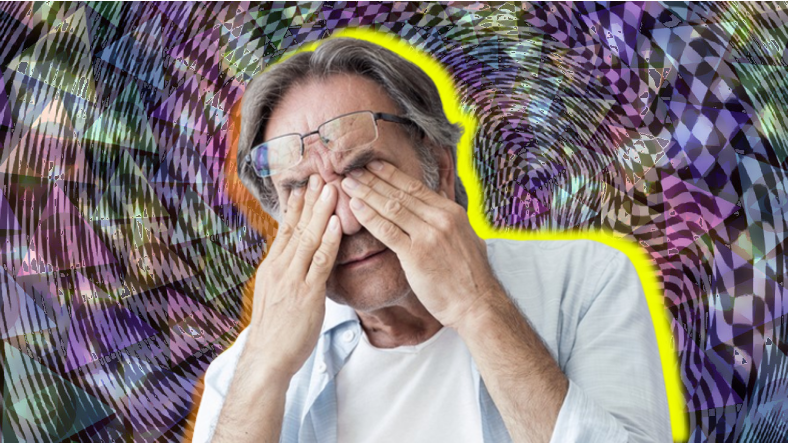In the meantime, the lights get brighter for a second and even if we open our eyes at that moment, bursts of bright color almost everywhere in our field of vision we will see. Again, within seconds what we see disappears.
So what we don’t understand these flashing lights of different colors and patterns How does it come out? Of course, according to science, there is an answer to this question.
Scientists call this visual response “phosphene”.
Phosphenes come from our eyes, and just as fireflies can glow, so do the cells in our eyes. bio photons (low frequency light) and biologically produced light particles of light transmits. There are many biophotons in our eyes because the atoms in our bodies are constantly producing and absorbing small particles of light.
This process is just part of normal function, and our eyes cannot distinguish between photons of external light and low-frequency light emitted by our own atoms. In both cases, the optic nerves in our body transmits these light signals to the brain.
In fact, our eyes produce many more biophotons than we see as phosphene.
The Hungarian neuroscientist Bokkon describes the flashes of light that occur in our eyes as follows:If you rub your eyes, it is produces biophotons in many parts of the eyes.” And “But they’re usually shot locally.”
In summary, almost all of these light clusters are both emitted and absorbed by atoms in the retina, where our eyes are responsible for detecting light. are low frequency lights.
According to the neuroscientist, phosphenes can also form from various other parts of the visual system, and different shapes and colors can occur depending on the source of this visual response.

The light clusters we see have different colors, different atoms and molecules emit photons of different wavelengths causes. In addition, the researchers found that phosphenes in the region of the brain responsible for the visual cortex, local forms detected it created.
At this point, the brain takes the form of bright stars, zigzag patterns, swirls, curls, and spirals of artificial light. can’t tell if it’s real. Although this is an illusion, we believe that we actually see colors, lights and patterns.
In the 1950s, German researcher Max Knoll developed a scheme for classifying phosphene forms and studied the light clusters that appeared in the eyes of more than 1,000 volunteers. 15 categories have been created, including star, triangle, point, spiral, amorphous droplets.
For these people to see phosphenes, researchers usually electrical probes and fancy magnetic machines but these colored lights that we see almost every day are not actually related to any electromagnetic stimulation. On the contrary, most phosphenes form spontaneously when the atoms in our eyes replace the biophones.
By putting pressure on our eyes, we can involuntarily activate these lights called phosphenes, but we have to be very careful about this.

When we rub our eyes, the cells in the retina are activated and cells that tend to receive real light, such as a lamp or the sun we activate. The retina consists of cells in the inner layer of the eye and is the main part of the eyeball. Here, the incident light turns into a message in the brain.
In addition, the light particles we see when we make this movement belong to the pressure phosphene group, and according to Bokkon, a pressure on the eyes is the result of the lights creating intense images. spread too much can cause.
When we get a blow to the head, when we sneeze heavily, when we cough or when we stand up suddenly we involuntarily trigger the pressure phosphenes.
Can people with a congenital visual impairment also see these lights?
People who cannot see from birth cannot see phosphenes, but when vision is lost due to illness or injury, people often do not lose all of their visual functions. This situation in Bokkon “In theory, all previously blind people can retain the ability to see phosphenes” expresses as.
scientists, in blind people investigates ways to activate phosphenes and looking for ways to potentially get those people back their opinions. If a cure is found for the blind to see these clusters of light, there may be hope of seeing real images as well.
Sources: Science Norway, Science Focus, Science Line















